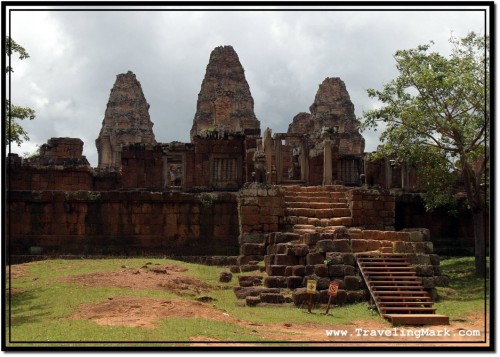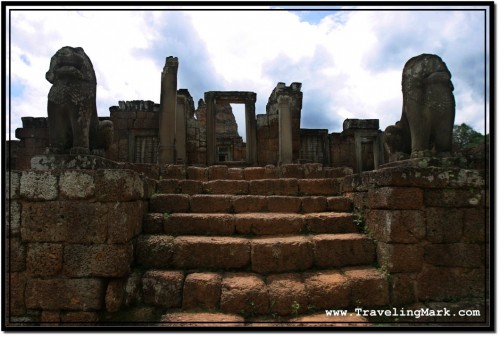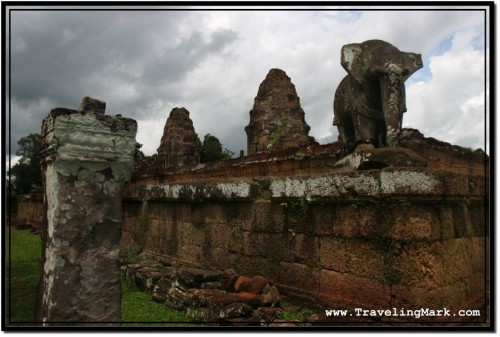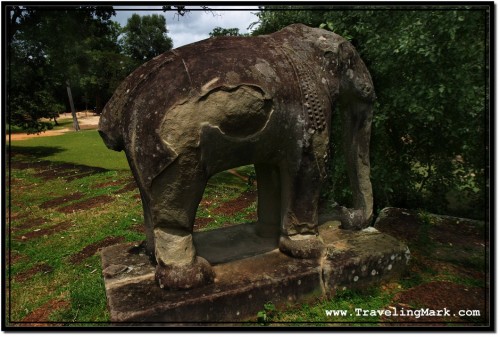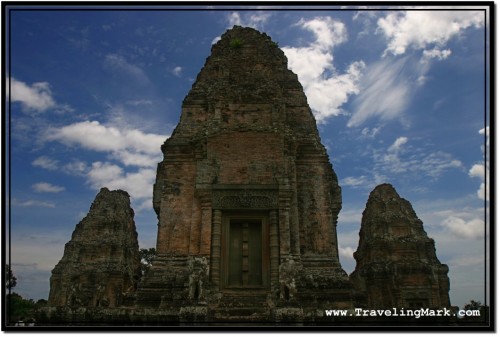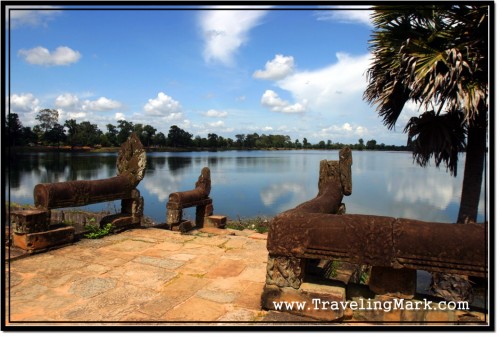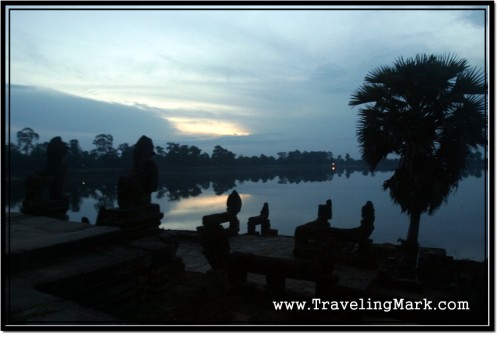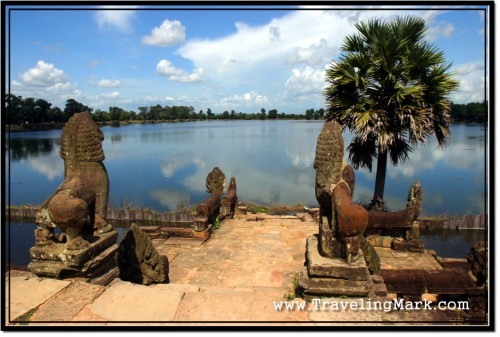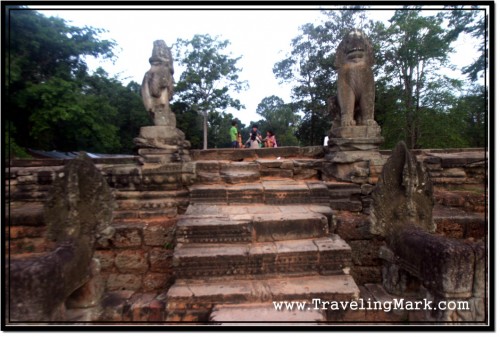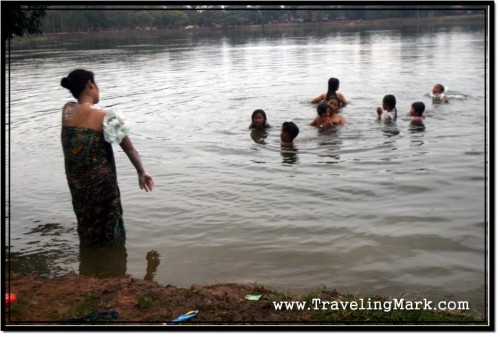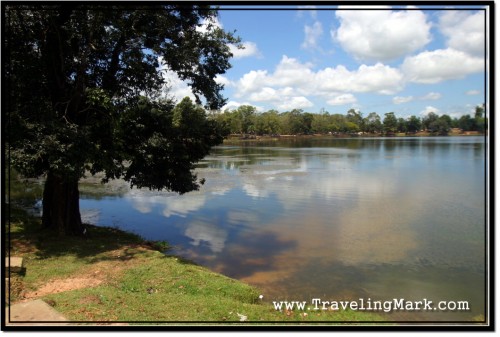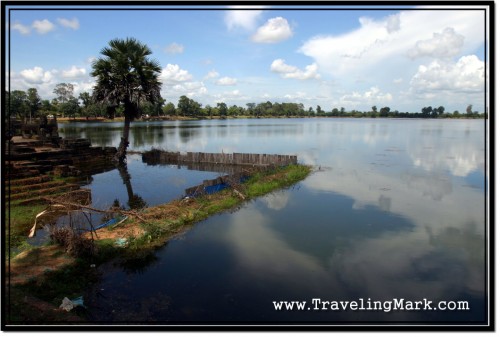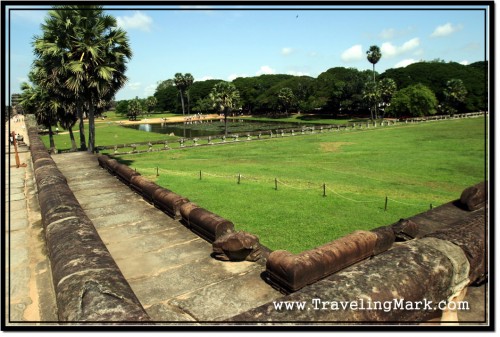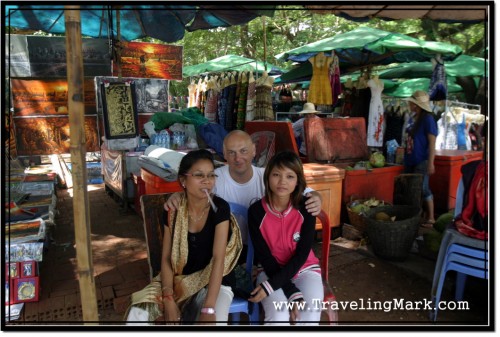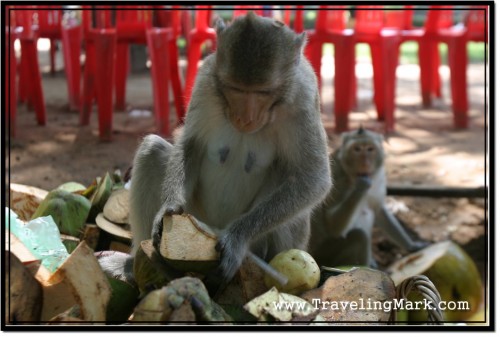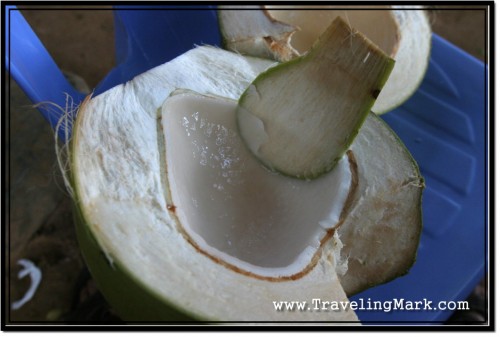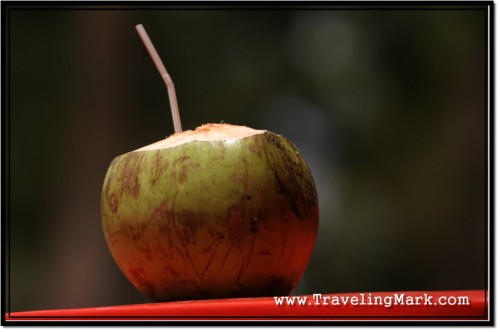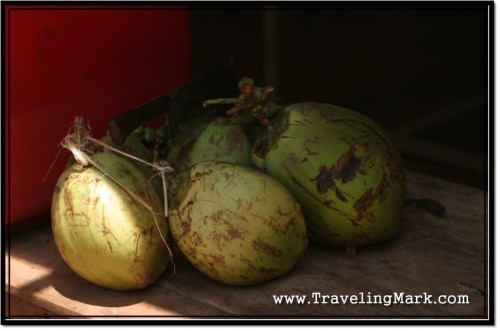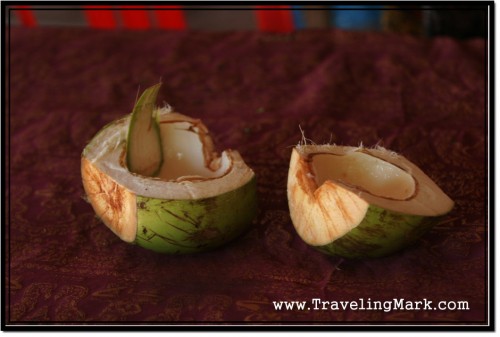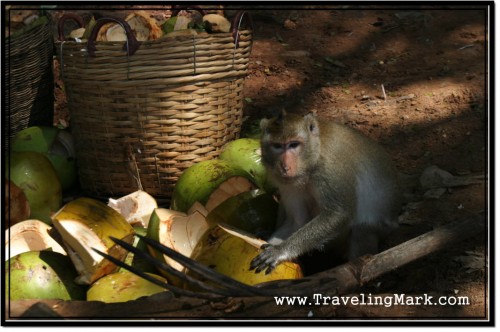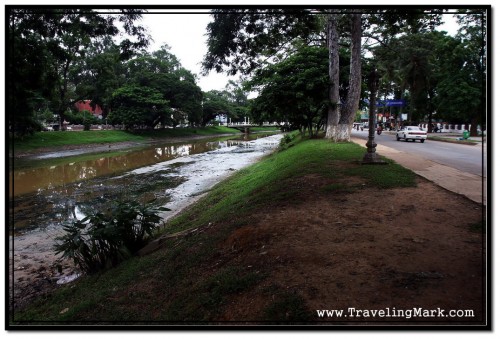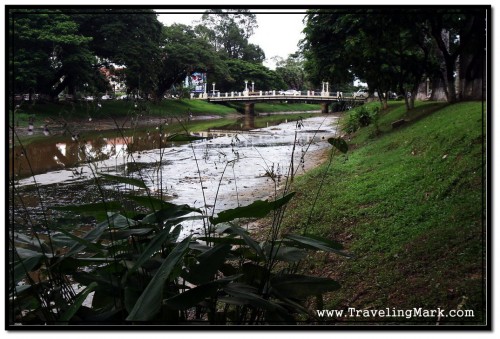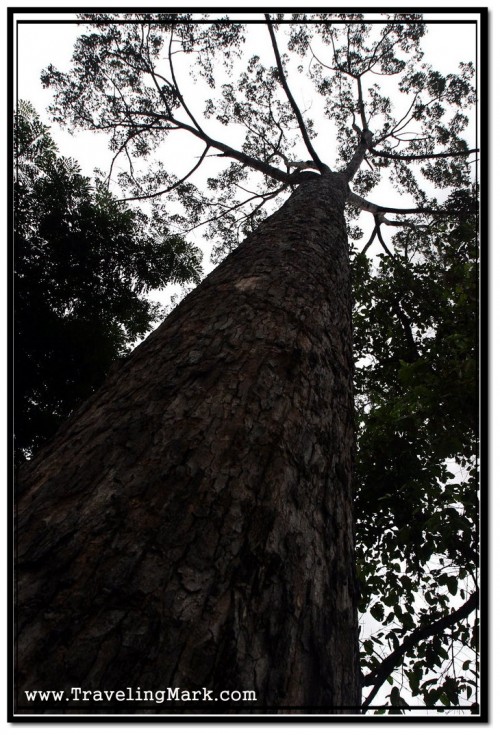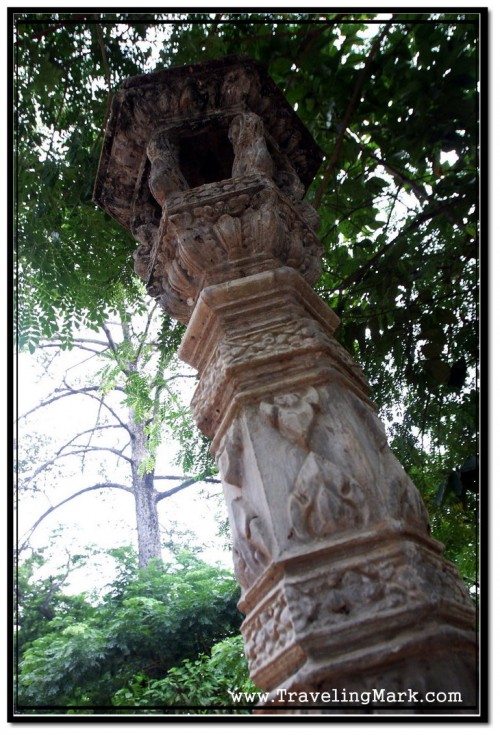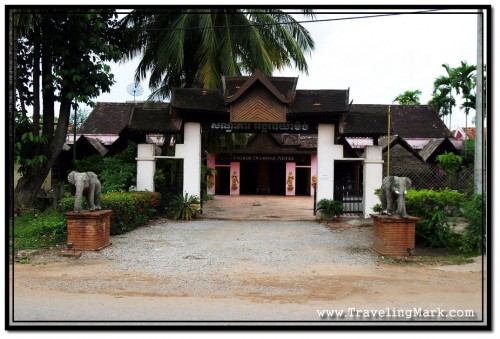When stranded in the wilderness, the most prominent concern of an unintentional survivalist is “what will I eat?” The fear of starving to death irrationally takes over from more rational fears. While each survival situation is different, truth be told – starvation is one of the least severe threats to a person in the wild.
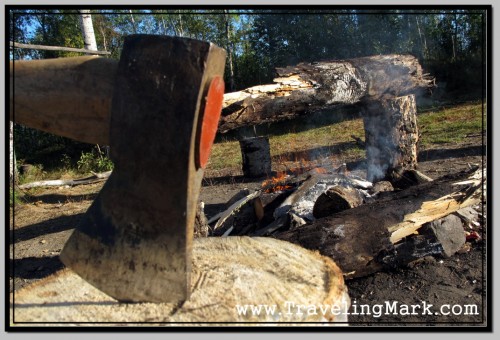
As the rule of threes would have it – you can die in three minutes without oxygen or when bleeding profusely (making the need to treat injuries the #1 priority), you can die in 3 hours from exposure to elements (making the need to have shelter and fire the #2 priority, though this priority changes from situation to situation), you can die in 3 days from dehydration (making the need to find source of drinkable water your #3 priority, though this also changes from one environment to another), but it takes more than 3 weeks to die from starvation (making procurement of food one of the least pressing needs in a survival situation).
The rule of threes is well known to the survivalists, medical professionals and other people in the know, yet even though it makes the procurement of food look like a waste of energy when more urgent needs put one’s life at stake, it’s important to realize that even though starvation takes while to kill you, it will leave you weak both physically and mentally and weakened body and mind won’t keep a person alive for very long. Especially not when they’re on their own devices, with little chance of help from the outside sources.
Still, it’s necessary to realize that unlike water (unless you’re in a desert), procurement of enough food to keep you going in the wilderness is an ongoing struggle which requires a great deal of time and energy and needs to be repeated day after day. Water sources, on the other hand, are much easier to find, they do not try to flee from you and once a plentiful source is found, your hydration problem is solved, and it is solved indefinitely.
As an important note, I would only briefly mention that if you’re stranded in the wilderness involuntarily, signaling should be one of your top priorities and should be on your radar long before you even start thinking about procurement of food or water. Unless, of course, you do not want to be found – kind of like when I went into the wild.
My withdrawal into the wilderness was not meant to be a test of my wilderness survivalism skills, even though any stay in the wilderness IS, ultimately, a test of wilderness survivalism skills. Still, I went into the wild to seek answers to deeper questions, to reattach my connection with Mother Nature and to enjoy company of celestial beings, whose company can only be enjoyed in absence of men.
What I Ate in the Wilderness
Since I had a car at my disposal, I stocked up on food before disappearing from the civilized world. Freshly caught fish was to be my source of animal protein, but I brought with me a supply of dried organic pinto beans to use as main accompaniment with the fish. Aside from being very nutritious, beans are loaded with fiber and slowly absorbing carbohydrates so I’d never lack energy and wouldn’t feel hungry. I used beans the same way you’d use rice. I didn’t have salt or any other spices or seasoning, yet I found the taste of beans boiled in nothing but pure water as delicious as ever.
I also packed in a large bag of organic garlic, which lasted for almost whole three months. Garlic is packed with vitamins and contains compounds known for their antibacterial, antiviral and antifungal properties. To satisfy my spicy tooth, a sack of Thai hot peppers was an absolute must have, unfortunately my spicy tooth made me go through them way too quickly leaving the resource depleted shortly after first month.
Another amazing survival food I took with me was organic almond butter. I packed in 5 large jars yet even though I originally thought I was being ridiculous taking so much of it, I went through all of it in less than two month. I started with two spoonfuls three times a day – after each meal – but after one whole jar went empty on me shortly after one week, I restricted the intake to one spoon after each meal. Still, I spent all almond butter long before whole three months were over. There is a lot of goodness and a pile of energy in every single spoonful of almond butter. I strongly recommend it to help with survival when one doesn’t have to carry their food in a backpack with them.
To further help keep myself healthy, I also packed in a huge bag of dried organic prunes (or dried plums, as word prune implies it’s a dried fruit already). This antioxidants rich preserved fruit makes for an amazing desert after meals. Problem with delicious goodness of prunes (which is the same with almond butter) is that they are so tasty, you can’t have just one. I had enough prunes to last me three months if I only stuck with one after each meal. I could not do that.
As a backup in case of emergency, I also brought with me dozens of granola and protein bars. I ate half of them in the first week and a half of my stay. The initial week was the most difficult time when junk food and sweets withdrawals kept me in a state of vicious torment. Diet composed of freshly caught fish, organic beans and garlic however made dealing with withdrawals easier and soon I found myself feeling so internally clean, a mere thought of junk food made me feel sick.
Positive Change in Diet
Cold turkey change in diet left a very positive impact very quickly. I felt much more energetic and healthier within first two or three days. The overall wellbeing of my physical body, just from this immediate change in diet was profound. I heard my body speak to me of how relieved it was having had the burden of awful diet lifted of its shoulder.
I wished I had access to fresh vegetables, as with them, I could make it even better, but alas, it wasn’t the case of this experience. I will, however attempt growing my own garlic, onion and kale when I withdraw into the wilderness next. I’ve been educating myself actively on gardening and feel ready to take this challenge on. I may even attempt to grow Enoki mushrooms which can be grown in small places indoors.
The biggest challenge with wilderness indoor gardening would be to succeed in growing anything at all in winter, when daylight is limited and temperatures extreme. I’ll give wilderness indoor gardening my best try long before winter comes and will rely on trial and error to teach me the ins and outs of it so hopefully by the time winter comes, I’ll have a chance to succeed.
I think the three months in the wilderness was the time in my life when I had the healthiest diet in my life and it did leave its mark. Falling back into the junk food craze was… sadly – easy. My reintroduction into the civilized world didn’t go without stress and peer pressure which resulted in my clogging the digestive system up with crap food very quickly. The crappier food I ate, the crappier food I desired and before I knew it, everything I gained in terms of overall well being with food I ate in the wilderness, was irrevocably lost. Can’t wait to return to the wild again very soon.

